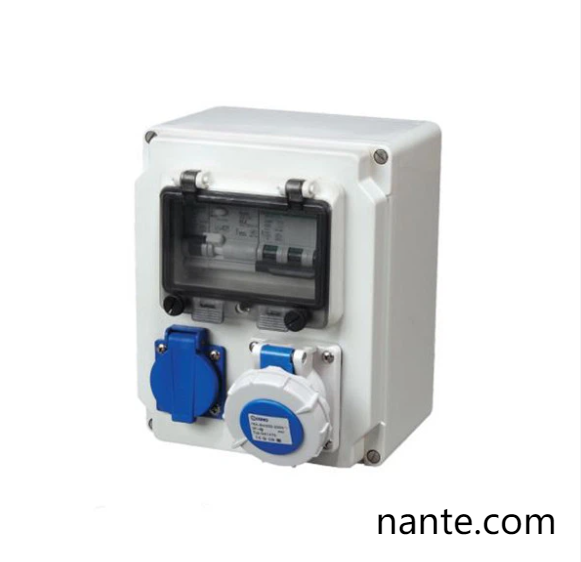In modern electrical projects, choosing the right Socket Box material can influence both performance and longevity. As urban developments emphasize energy efficiency and smart infrastructure, the selection between plastic and metal enclosures demands careful thought. Each option offers unique benefits that cater to evolving construction standards and user expectations in homes, offices and public spaces.
Plastic enclosures bring the advantage of light weight and ease of handling. Fabricators appreciate that these units can be molded into a variety of shapes and sizes without complex machining. Their dielectric properties reduce risk of accidental electric conduction, making them well suited for residential installations and low voltage applications. In addition, colored variants allow installers to match interior decor or highlight critical circuits for maintenance teams.
However, plastic cases may encounter challenges under extreme conditions. Exposure to prolonged sunlight can cause gradual surface degradation unless UV stabilizers are incorporated into the material. In outdoor or industrial settings where heat build up becomes a concern, reinforced polymers with natural ventilation paths help maintain interior climate. Designers often include raised mounting tabs that keep the enclosure body off hot walls and prevent direct heat transfer.
Metal housings offer a striking contrast with their robust feel and high mechanical strength. Crafted from aluminum or stainless steel, these boxes resist impact and deter tampering in high traffic zones. Metal's inherent heat dissipation supports installations near heat sources or in equipment rooms, where internal temperatures could otherwise compromise component integrity. For public areas, the sleek finish of a steel enclosure enhances aesthetic appeal and conveys a sense of reliability.
Corrosion resistance is a critical factor for metal units. In coastal or high humidity environments, protective coatings and passivation treatments prevent rust and maintain a clean surface over time. When panels are installed in surge prone areas, conductive materials allow for straightforward grounding and shielding against electromagnetic interference. This capability proves valuable in medical facilities and data processing centers where stable operation of sensitive devices is essential.
Cost considerations affect many decisions. Plastic enclosures generally come at a lower initial expense and are simple to replace when systems evolve. Metal units may carry a higher up front cost but often deliver longer intervals between maintenance cycles. Lifecycle planning encourages decision makers to factor in local climate, expected service conditions and accessibility before settling on a preferred material.
Installation practices also shape performance. Plastic boxes require precise screw torque to avoid cracking under pressure, so many manufacturers reinforce mounting points with metal inserts. Metal cases call for proper grounding procedures to prevent stray currents, and installers must ensure that paint or finish layers do not obstruct contact points. In both scenarios, following clear manufacturer guidelines preserves safety margins and protects against common failures.
Current urban renewal projects focus on smart building integration. In these cases, enclosures that house communication modules alongside power outlets must balance space and durability. Hybrid units combine plastic bodies with metal front plates, offering a compromise that supports both lightweight assembly and sturdy protection against handling and environmental factors.
Sustainability goals further influence material choice. Manufacturers who adopt recycled resins for plastic enclosures reduce reliance on virgin polymers. Metal fabricators increasingly use post industrial scrap to produce panels with the same mechanical properties as new stock. By selecting products from partners committed to closed loop production, project planners contribute to circular economy efforts and lower overall environmental impact.
Ultimately, the decision between plastic and metal Socket Box options depends on project priorities. Whether the aim is to simplify installation, control costs, maximize durability or meet green building standards, understanding the strengths and limitations of each material guides effective selection. For more information on enclosure designs and comprehensive guidance on matching boxes to application needs, explore offerings at https://www.nante.com/ .






